It can be fun to breed your own zinnias - Part 51
zen_man
5 years ago
last modified: 5 years ago
Featured Answer
Sort by:Oldest
Comments (146)
zen_man
4 years agolast modified: 4 years agozen_man
4 years agolast modified: 4 years agoRelated Discussions
It can be fun to breed your own zinnias - Part 47
Comments (115)Hi Four, This is an older message thread (Part 47, while Part 51 is current) but I will respond anyway. Yes, in your B photo, the pollen florets are maturing and setting seeds and they probably no longer have nectar for butterflies, so you could could remove that bloom if feeding butterflies is your primary motivation. In your C photo it isn't crucial where on the stem you make the cut.. I would cut down lower on the stem because there isn't any significant advantage to leaving a lot of bare stem on your plant. If you want to make further comments, it would be better to add them to Part 51, which has only 21 comments, while this Part 47 now has well over 100 comments. ZM...See MoreIt can be fun to breed your own zinnias - Part 48
Comments (109)Hi Ninecrow, Yeah, yeah, I know. I created Part 49, but Houzz lost it somehow. I have a Trouble Report in with them, but so far the only response is an automatic "we got your message" response. This was caused by a bug in the Houzz software, and I am not impressed that after 24 hours from reporting the problem, I still have not communicated with a Houzz human being. It will eventually get resolved, and there will be a Part 49. Oddly, the Link that doesn't work for you does work for me. But that is the only way I can access the new Part 49. I may just be accessing it in a local browser buffer. It doesn't show up in the Annuals message list or the Hybridizing message list (which I tagged for Part 49 because multiple forums for a message string is a feature of the new software). Unfortunately, using that feature led to the disappearance of the new Part 49. If I had not chosen to use the new feature, Part 49 would already be there for us. We shall see what we shall see. ZM...See MoreIt can be fun to breed your own zinnias - Part 49
Comments (102)Hello everyone, Well, we did get that expected rain. It came with some winds, but I don't see any obvious wind damage. It is now comfortably cool outside, but very wet. I will shuck zinnia seeds indoors until things dry off a bit. This is one of those current narrow petaled specimens.The tubes are light colored, but unfortunately not white. This is a closer look at some of the petal ends.There is actually quite a bit of variation in the end-of-petal "flare". That suggests that the flares may be partially developmental rather than genetic. The embryo inside the green seed at the base of each petal would be genetically different if it had been fertilized by a pollen grain, either from this plant or from a different one, because it would have been produced by the cellular process known as meiosis, which recombines the genes. In the more likely probability that the embryos are not fertilized at this stage, the cells in the petal flares are produced by mitosis and are genetically the same as the cells in other parts of the bloom, so the variations in the petal-end flares would be developmental and not genetic. Which raises questions as to which of the many variations we see in zinnias are developmental and not genetic. At some time during the coming Winter I hope to purchase a stereo microscope with a camera mount, so that I can take micro-photographs of some of my indoor zinnias. It will not be capable of seeing chromosomes (that takes a serious high-power laboratory grade microscope), but it will hopefully be capable of seeing details like leaf stomata or leaf hairs, from which you can hopefully deduce whether the plant is diploid or tetraploid. That is because I want to develop the capability of producing some triploid zinnias, and to do that it is almost a requirement that I be able to determine the "ploidy" of a zinnia by observation. And the microscope will let me study and photograph my zinnias in more detail. I continue to see little creatures that I refer to as "micro insects". I am curious about them. More later. Namaste. ZM...See MoreIt can be fun to breed your own zinnias - Part 56
Comments (112)Hi Cindi, Actually, I do have a few "newish" zinnias, because I have been growing some zinnias indoors throughout these cold late Fall and Winter months. I have taken some photos and I need to process the photos for upload here. I processed this photo this morning. That is a variation on my "exotic" zinnia flower form and in the juvenile stage, the petals resemble the "Woolly" zinnia petal form. The "Woolly" petals are closed at the end. The Woolly zinnia petals are "strong" by virtue of their totally enclosed structure. However, this means that the enclosed stigma cannot receive pollen unless the zinnia also has enclosed pollen-bearing anthers, which many of the Woolly zinnias do not have. Those Woolly petals can produce a seed only if the petal is surgically opened and pollen applied to the internal stigma. I concede that the "Woolly" zinnias are questionably attractive. I realize these details are of interest primarily to someone who is actively engaged in breeding zinnias. I have several zinnia photos in my camera which I will transfer to my computer so that I can show them here. I have really been enjoying my indoor zinnia activities. I am even considering continuing an indoor activity in parallel with my outdoor zinnia activities this coming Spring and Summer. There are advantages to indoor zinnias. For one thing, you have control of the photoperiod of indoor zinnias. Zinnia elegans is a facultative Short Day (long night) plant. More later. ZM...See MoreStigmatized
4 years agoStigmatized
4 years agoStigmatized
4 years agoStigmatized
4 years agofour (9B near 9A)
4 years agozen_man
4 years agolast modified: 4 years agoStigmatized
4 years agozen_man
4 years agolast modified: 4 years agoStigmatized
4 years agoStigmatized
4 years agoStigmatized
4 years agozen_man
4 years agolast modified: 4 years agoStigmatized
4 years agozen_man
4 years agolast modified: 4 years agoStigmatized
4 years agozen_man
4 years agolast modified: 4 years agoStigmatized
4 years agoStigmatized
4 years agoStigmatized
4 years agozen_man
4 years agolast modified: 4 years agoStigmatized
4 years agozen_man
4 years agolast modified: 4 years agoStigmatized
4 years agoStigmatized
4 years agozen_man
4 years agolast modified: 4 years agoStigmatized
4 years agoStigmatized
4 years agozen_man
4 years agolast modified: 4 years agoStigmatized
4 years agoStigmatized
4 years agoStigmatized
4 years agozen_man
4 years agolast modified: 4 years agoStigmatized
4 years agoStigmatized
4 years agozen_man
4 years agolast modified: 4 years agoStigmatized
4 years agofour (9B near 9A)
4 years agozen_man
4 years agolast modified: 4 years agoStigmatized
4 years agozen_man
4 years agolast modified: 4 years agoStigmatized
4 years agoStigmatized
4 years agozen_man
4 years agolast modified: 4 years agoStigmatized
4 years agozen_man
4 years agolast modified: 4 years agoStigmatized
4 years agozen_man
4 years agolast modified: 4 years agofour (9B near 9A)
4 years ago
Related Stories
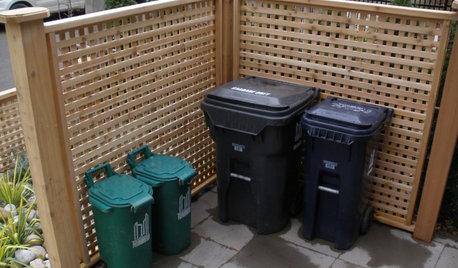
THE POLITE HOUSEThe Polite House: What Can I Do About My Neighbors’ Trash Cans?
If you’re tired of staring at unsightly garbage way before pickup day, it’s time to have some tough conversations
Full Story
PETSWhat Chihuahuas Can Teach Us About Interior Design
Who knew these tiny dogs could be such a huge fount of design tips? Houzzers did
Full Story
GARDENING FOR BUTTERFLIESA Quick-Start Guide to Bird-Watching for Fun and Learning
Set out some seed and grab your field guide. Bird-watching is an easy, entertaining and educational activity for the whole family
Full Story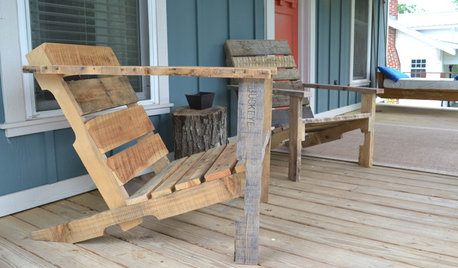
WOODWORKINGBuild Your Own Wooden Deck Chair From a Pallet — for $10!
Take the ecofriendly high road with a low-cost outdoor chair you make yourself
Full Story
INSPIRING GARDENSWhat We Can Learn From Longwood Gardens’ New Meadow
Sustainability, ecology, native plant communities ... this public garden is brimming with lessons on horticulture for home gardeners
Full Story
FARM YOUR YARDHello, Honey: Beekeeping Anywhere for Fun, Food and Good Deeds
We need pollinators, and they increasingly need us too. Here, why and how to be a bee friend
Full Story
DECLUTTERING10 Decluttering Projects You Can Do in 15 Minutes or Less
Try these ideas to get organized at home one small step at a time
Full Story
KITCHEN DESIGNKitchen of the Week: What a Difference Paint Can Make
A bold move gives a generic Portland kitchen personality without a major overhaul
Full Story
DECORATING GUIDESThe Cure for Houzz Envy: Dining Room Touches Anyone Can Do
Get a decorator-style dining room on the cheap with inexpensive artwork, secondhand furniture and thoughtful accessories
Full Story
HOUZZ TVHouzz TV: Fun Family Living in 980 Square Feet
In a place known for going big, a family of 4 opts for creative space savers and subtle luxuries instead
Full StorySponsored
More Discussions



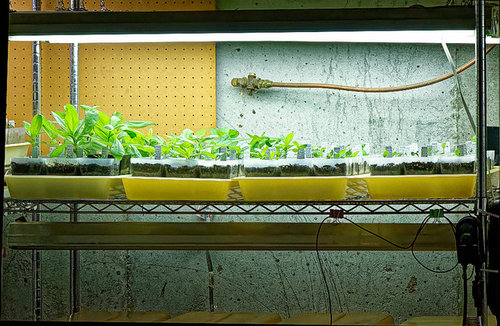
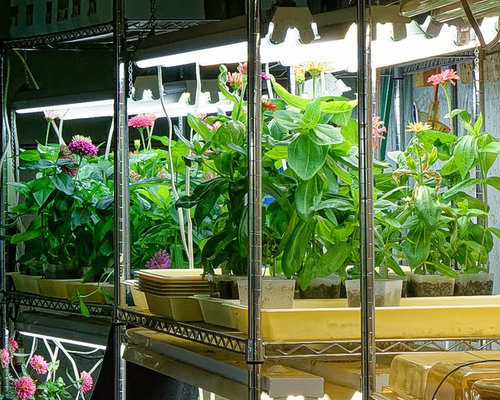


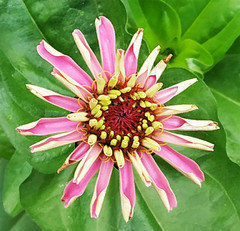
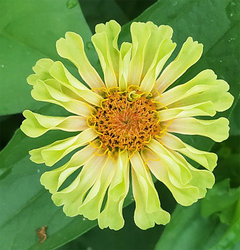

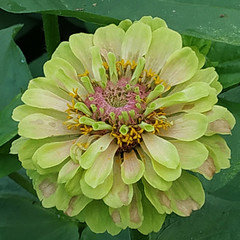

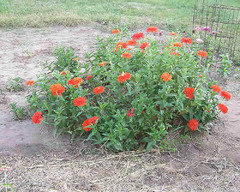
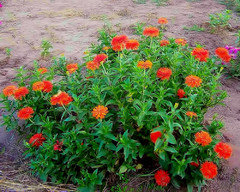

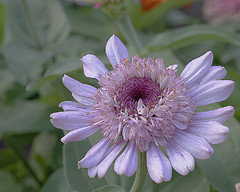
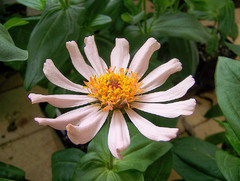


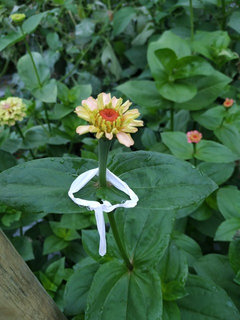
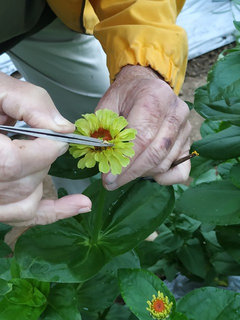


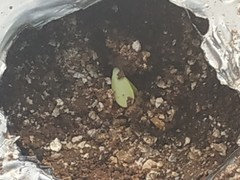
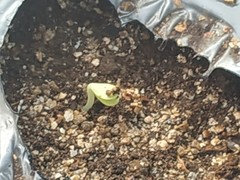

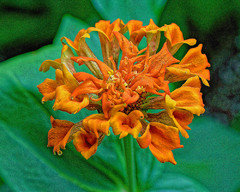
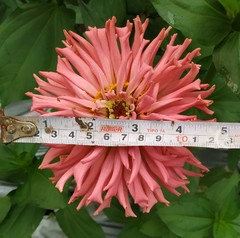

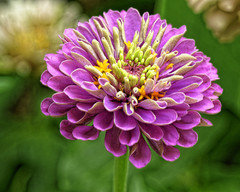



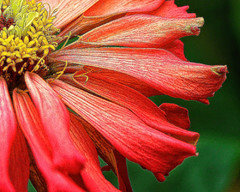
zen_manOriginal Author